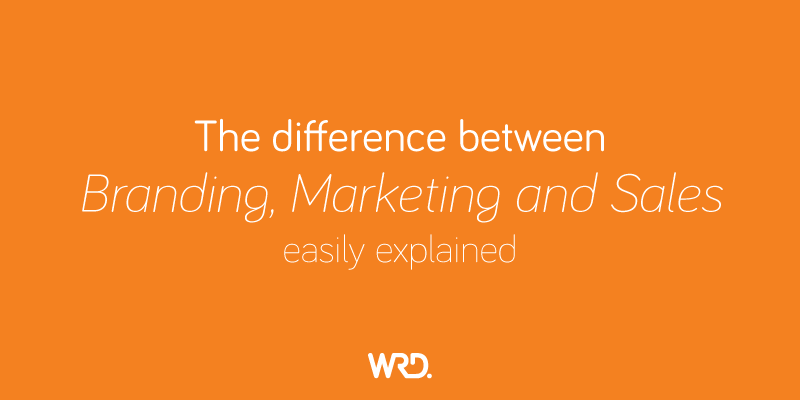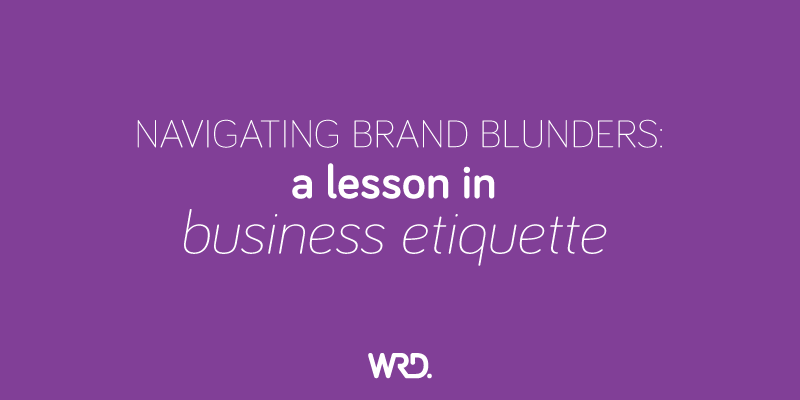3 Ways to Effectively Use AI in Building a Brand
Artificial intelligence (AI) has become an integral part of many industries, and branding is no exception. In fact, AI-powered branding tools and strategies are becoming increasingly popular due to their ability to streamline the branding process and help businesses create a strong, recognisable brand.
However, it’s important to use AI effectively in branding, as with any tool. In this post, we’ll explore how to effectively use AI in building a brand, including using AI for branding research, brand persona development, content creation, and social media management. We’ll also discuss the potential challenges and limitations of using AI in brand building and how to mitigate them.
Using AI for Branding Research
One of the most important aspects of building a strong brand is conducting market research to understand your target audience and their needs. AI can be extremely helpful in this process, as it can quickly and accurately analyse large amounts of data and provide insights that would be difficult or impossible for humans to uncover.
For example, AI-powered tools can analyse customer reviews, social media posts, and other online content to identify patterns and trends in customer behaviour and preferences. These insights can then be used to inform branding decisions such as messaging, product development, and marketing strategies.
One popular AI-powered tool for branding research is IBM Watson. This tool can analyse unstructured data, such as social media posts and customer reviews, to identify key themes and sentiment. It can also provide insights into customer demographics, interests, and behaviours, which can help businesses create more targeted branding strategies.
Using AI for Content Creation
Creating high-quality content is essential for building a strong brand, but it can also be time-consuming and resource-intensive. AI can help streamline the content creation process by generating content automatically based on user input and preferences. Look at this blog post as an example. Of course we have had to tweak it, but the essence of it was created in a matter of seconds through ChatGPT.
We have been using AI-powered writing tools for a number of years now. We started with Rytr, however content creation can be done through many platforms such as Jasper, Grammarly, Quillbot and of course Chat GPT. These tools can analyse data such as financial reports or statistics and use this data to automatically generate written reports and articles. This can be especially useful for businesses that need to generate a large amount of content quickly and efficiently.
Advantages of using AI for content creation include the ability to generate high-quality content quickly and accurately. If you have a difficult client and need to send a stern but friendly email – AI can generate that for you, saving you a lot of time and stress. Need to write an outline for a book concept – boom! What about catchy titles for an article or advertisement? AI also has the ability to personalise content based on user preferences and behaviour. When using AI for content creation, the goal is to work smarter rather than harder.
Using AI for Social Media Management
Social media is a powerful tool for building brand awareness and engaging with customers, but managing multiple social media accounts can be time-consuming and complex. AI can help streamline social media management by automatically scheduling posts, analysing performance data, and identifying opportunities for engagement.
A couple of AI-powered tools for social media creation and management include Hootsuite, HeyDay and Canva. Hootsuite tool can analyse social media conversations and identify key themes and sentiment. It can also provide insights into customer demographics, interests, and behaviours, which can help businesses create more targeted social media strategies. HeyDay is a great AI-powered tool for conversational AI as a great support for your customer service agents as it uses both NLP and NLG that can customise product recommendations or even make sales.
Advantages of using AI for social media management include the ability to automate certain tasks, such as scheduling posts and responding to customer inquiries, as well as the ability to analyse large amounts of data quickly and accurately.
Challenges and Limitations of Using AI in Brand Building
While AI can be a powerful tool for brand building, it’s important to be aware of the potential challenges and limitations.
One challenge is the risk of over-reliance on AI. While AI can provide valuable insights and automate certain tasks, it’s important to remember that it’s still a tool and not a substitute for human creativity and intuition. Brands that rely too heavily on AI may end up with generic or formulaic branding that doesn’t truly resonate with customers.

Image created through Adobe Firefly. Prompt: image of a graphic designer working at a computer in a dystopian environment
Although images can be generated through AI (see above), and some of them are pretty good, you can definitely tell when an AI image has been generated. There are quite a few limitations as to what and how the images are produced – however Image AI is evolving and improving everyday. It can never, and should never replace your own original imagery or photography. However, if you are a common user of stock images for your blogs or presentations, this is the first area you could start to use AI generated imagery. We are Beta testing Adobe’s Firefly but other platforms such as Midjourney or Dall-e 2 are getting a fair bit of exposure. Here is a list of the best free Image Generators of 2023 by Analytics Insight.
Another challenge is the potential for AI bias. AI algorithms are only as unbiased as the data they’re trained on, and if the data is biased, the algorithm will be too. This can lead to branding decisions that inadvertently perpetuate stereotypes or discrimination. To mitigate this risk, it’s important to ensure that AI algorithms are trained on diverse and unbiased data and to regularly review and audit the algorithms for bias.
Finally, there’s the potential for AI to be used unethically in branding. For example, some brands may use AI to create deepfakes or manipulate customer data without their consent. It’s important to use AI in a way that respects customer privacy and maintains ethical standards.
Best Practices for Using AI in Brand Building
To effectively use AI in brand building and avoid the potential challenges and limitations, it’s important to follow best practices. Some best practices include:
- Use AI to augment human creativity, not replace it. While AI can provide valuable insights and automate certain tasks, it’s still important to rely on human creativity and intuition to develop a unique and authentic brand.
- Use diverse and unbiased data to train AI algorithms. This can help mitigate the risk of AI bias and ensure that branding decisions are inclusive and respectful.
- Regularly review and audit AI algorithms for bias and ethical issues. This can help ensure that AI is used in a way that aligns with ethical standards and respects customer privacy.
- Use AI to personalise branding and customer experiences. By using AI to analyse customer data and behaviour, brands can create more targeted and personalised branding and marketing strategies.
- Be transparent about the use of AI in branding. By being open and honest about how AI is being used, brands can build trust with customers and avoid any perception of unethical or manipulative practices.
Conclusion
Remember AI is just another tool. Similar to how letter writing started off by hand and was extremely time consuming and took ages to get to the recipient. Then Microsoft Word came along and made it quicker and easier to send out multiple letters at a time, however they still took a while to get delivered. This was surpassed by email which allows letters to be sent immediately to hundreds of people all over the world. These are simply tools that are only as good as the person operating them.
AI is becoming an increasingly important tool in brand building, but it’s important to use it effectively and responsibly. By using AI for branding research, content creation, and social media management, brands can streamline the branding process and create a strong, recognisable brand. It’s important to be aware of the potential challenges and limitations of using AI and to follow best practices to mitigate risks such as copyright infringement, sounding mechanical and losing control over your brand. Ultimately, AI should be used to augment human creativity and intuition, not replace it, in order to create a unique and authentic brand that truly resonates with customers.




